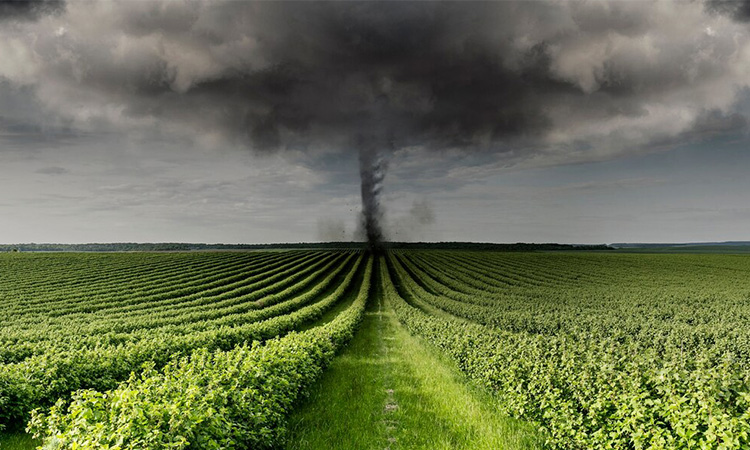In recent years, the conversation around climate change has intensified, and agriculture has come under the spotlight as a significant contributor to global greenhouse gas emissions. However, agriculture is not just a source of emissions; it’s a vital industry that feeds billions. The challenge lies in controlling agricultural emissions without compromising food production. This balance is essential for a sustainable future.
Understanding Agricultural Emissions
Agricultural emissions primarily consist of methane and nitrous oxide, potent greenhouse gases. Methane is largely produced by enteric fermentation in ruminants, such as cows and sheep, and from rice paddies. Nitrous oxide emissions result from the application of nitrogen-based fertilizers and the handling of manure. Additionally, carbon dioxide is released during deforestation for agricultural expansion and the use of fossil fuels in farming practices.
Strategies for Emission Control
-
Improved Farming Practices
Adopting more efficient farming practices is crucial. This includes precision agriculture, which uses technology to apply water, fertilizers, and pesticides more efficiently, reducing waste and emissions. Crop rotation and diversification can also improve soil health and reduce the need for chemical inputs.
-
Sustainable Livestock Management
Modifying livestock diets to reduce methane emissions and improving manure management are effective strategies. Techniques like anaerobic digestion can convert manure into renewable energy, reducing emissions and providing an alternative energy source.
-
Agroforestry and Reforestation
Integrating trees into agricultural landscapes (agroforestry) helps sequester carbon while providing additional benefits like shade and shelter for animals and crops. Reforestation of cleared agricultural land can also be a significant carbon sink.
-
Reducing Food Waste
A substantial portion of emissions comes from food that is never eaten. Reducing food waste at all stages of the supply chain, from farm to fork, can significantly lower emissions.
The Role of Policy and Technology
Effective emission control requires supportive policies, including incentives for farmers to adopt sustainable practices and investments in research and development of new technologies. Innovations in biotechnology, renewable energy, and precision agriculture play a critical role in reducing emissions while maintaining productivity.
Agricultural emission control is a complex but achievable goal. It requires a concerted effort from farmers, governments, scientists, and consumers. By adopting more sustainable practices, leveraging technology, and supporting effective policies, agriculture can continue to feed the world while playing a vital role in combating climate change. The path to a sustainable agricultural system is challenging but essential for the health of our planet and future generations.
Next On Your Reading List:


